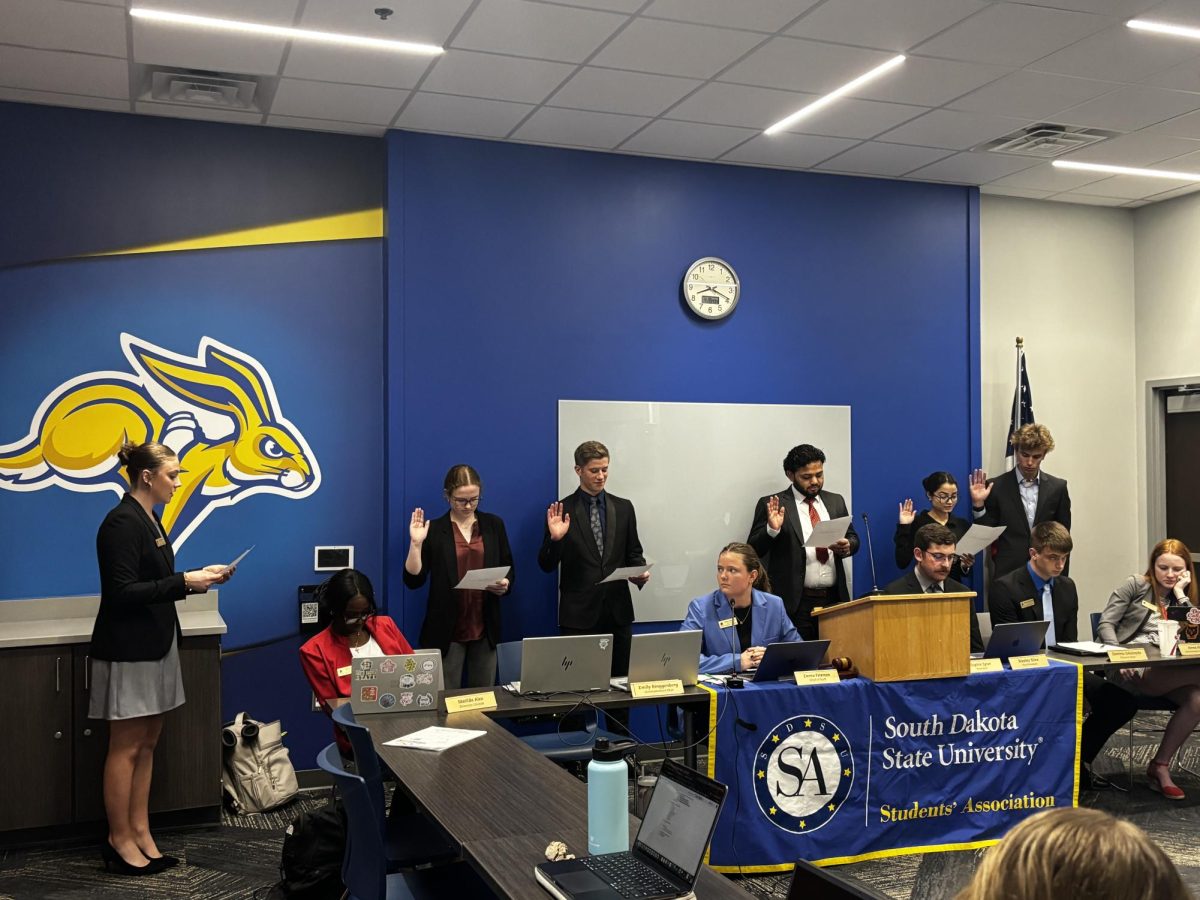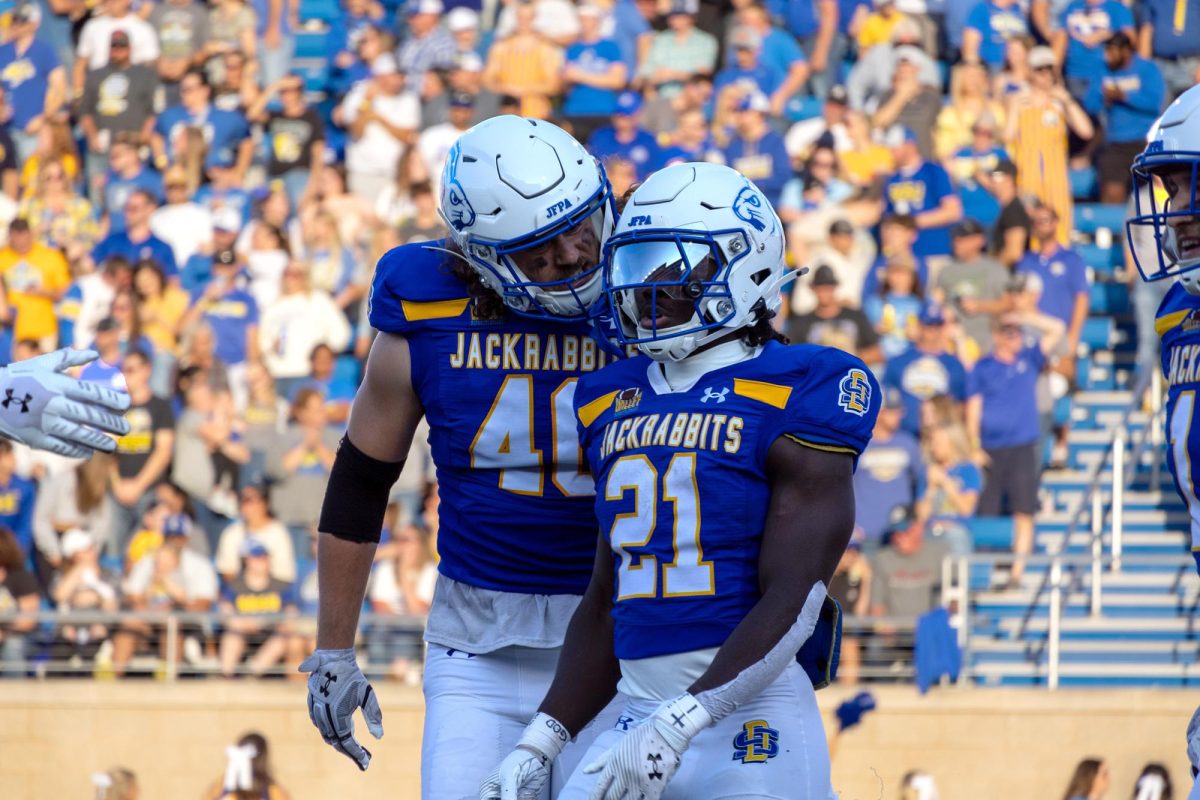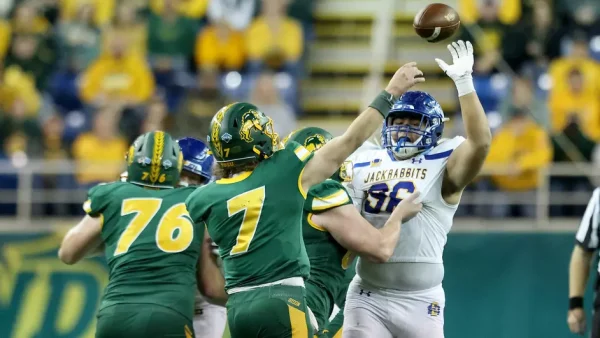Revisiting the classics
September 24, 2002
Patrick Grode
This week is the ALA’s Banned Books Week, so this week I chose reread one of my favorites?a classic almost everyone has heard of.
Most of us first read The Adventures of Huckleberry Finn in high school. At the time, however, few of us knew that it was the fifth most challenged book in America.
Groups across the nation were struggling to remove Mark Twain’s most famous novel from classrooms and libraries. Some people have difficulty distinguishing a book about racism from a book full of racism.
Huckleberry Finn deals with racism, undoubtedly. It deals with a lot of issues, actually.
Twain paints us a picture of the slaveholding South in the 1830s, as seen through the eyes of an innocent Huck traveling down the Mississippi River with Jim, a runaway slave.
The case for banning Huckleberry Finn generally involves Huck’s use of the word “n*****,” a term which is generally seen as racist.
Literature, however, does not occur in a vacuum.
That term is an anathema today, more offensive than the traditional four letter words, but it is an important thread of the historical tapestry Twain presents for us.
Additionally, some argue that Jim is a bit of a caricature?overlooking the father-figure role Jim plays in the book.
On their journey down the river, Huck grows from a boy to a young man, and Jim becomes the father Huck never had. Jim is gentle, wise, compassionate, and companionable, traits that Huck’s biological father lacked.
We must read past some of the editorial comments made by the narrator, Huck, who was raised in a society that condoned slavery and believed in the superiority of the white race. Instead, one must look at the ironic subtext that Twain presents.
When, after unknowingly losing an argument to Jim, Huck reflects, “it warn’t no use wasting words?you can’t teach a n***** to argue,” Jim’s intelligence isn’t being insulted?Huck’s is.
The reader is allowed to see the irony of a white boy believing in his superiority after being outwitted by a supposedly “inferior” slave.
Over the course of the novel, Huck’s thinking evolves from a belief that Jim is a “pretty good n*****” to a conviction that Jim is a “pretty good man.”
When Huck and Jim are torn from the safety of the raft and thrown back into the outside world, Huck realizes that others haven’t grown as he has.
The very people that treat Jim as a second rate creature are kind and loving to Huck.
This is Twain’s most biting comment about slavery. Its irrationality drives otherwise good people to act in a terribly inhumane manner.
We see too that prejudice is not just harbored in the hearts of Harriet Beecher Stowe’s sadistic Simon Legree, but in the gentle, motherly Aunt Polly.
Twain asks us to see evil in good, and good in evil, and it. This can be an incredibly incredibly uncomfortable sight. The uncomfortable feeling is a fairly common trait amoung books that are controversial.
Twain’s novel changed the course of American fiction and helped to change the course of American thought.
In an America of increasingly mixed race, Huckleberry Finn belongs in classrooms more than ever as both a landmark in American fiction and a commentary on racial problems.
Email comments to Patrick Grode at ink4blood@mail.com.





















